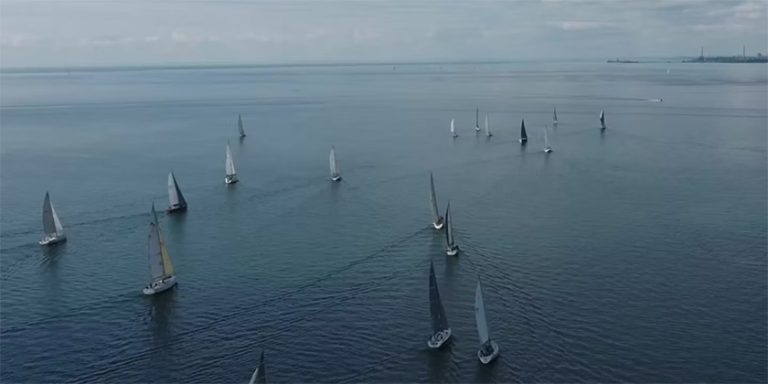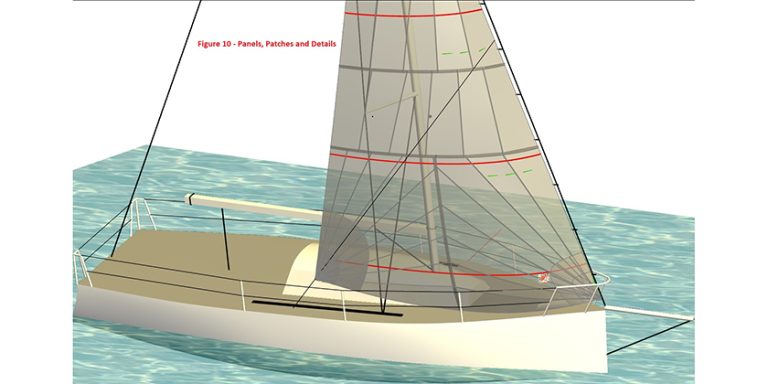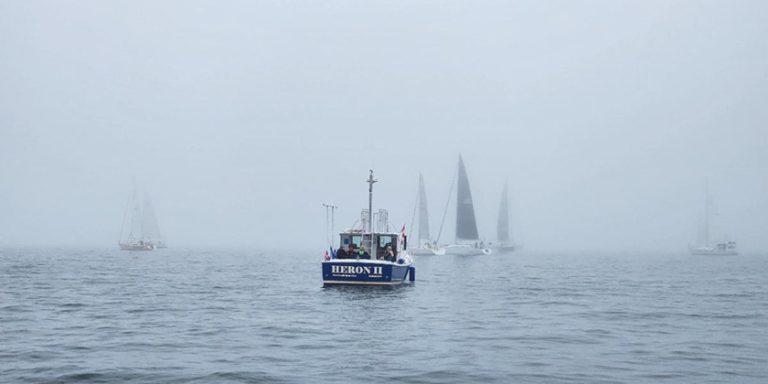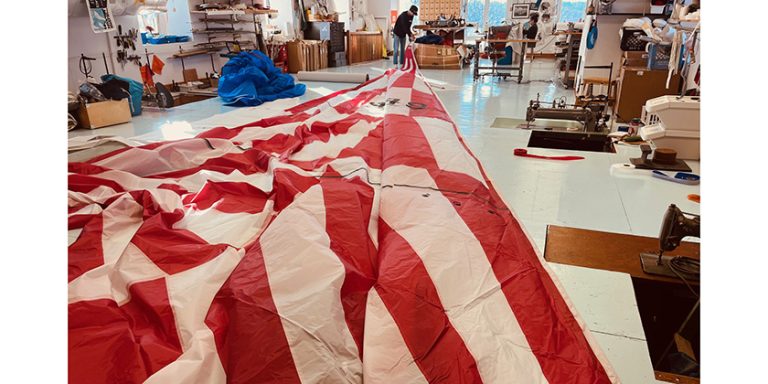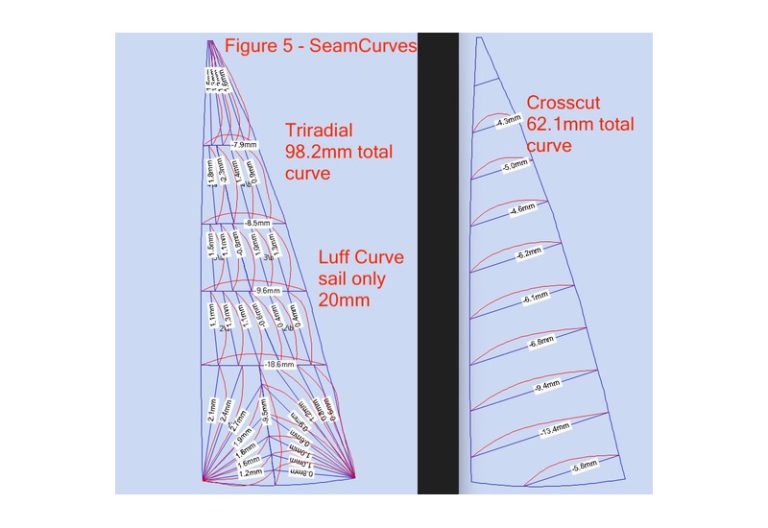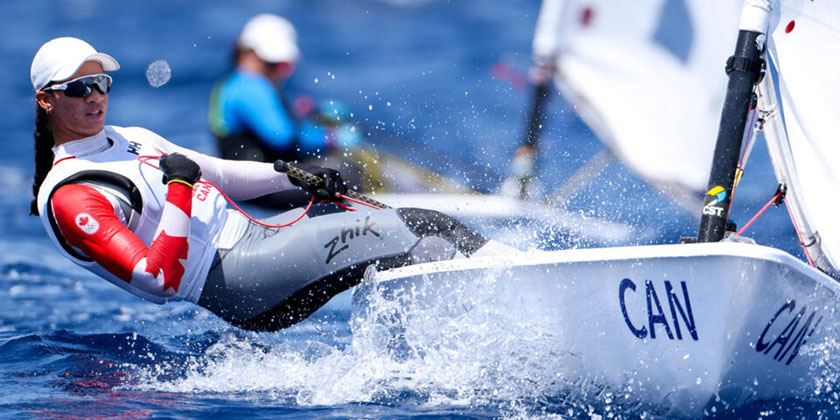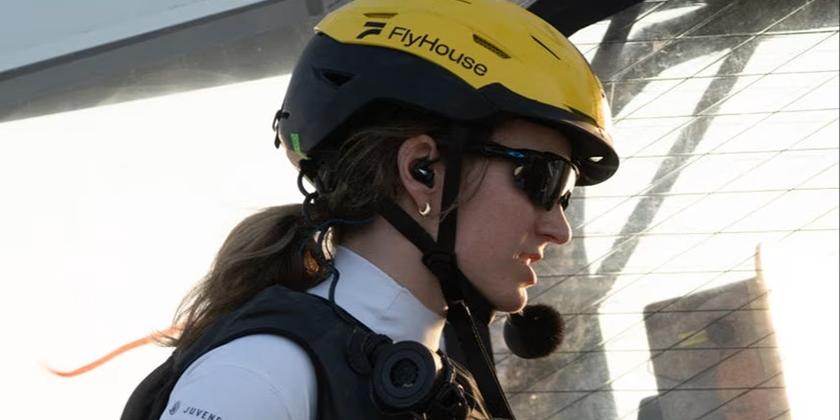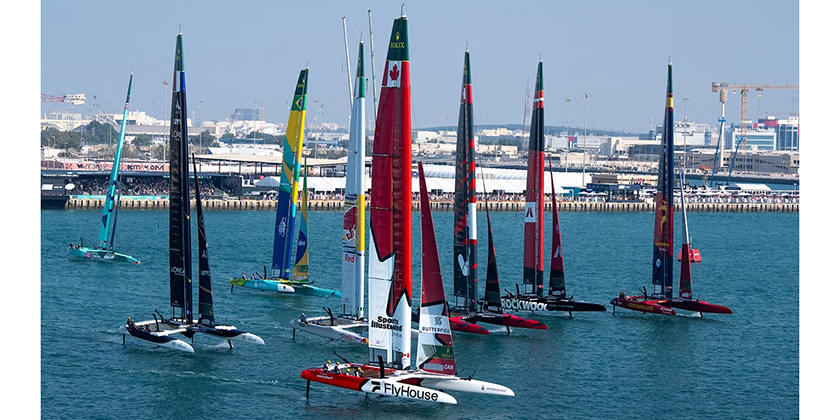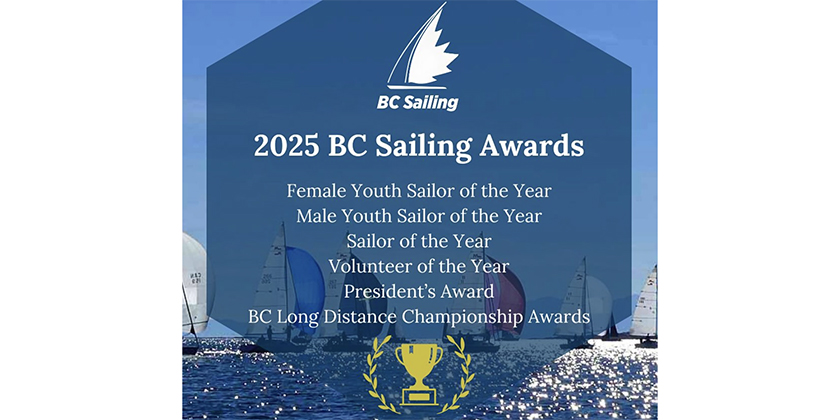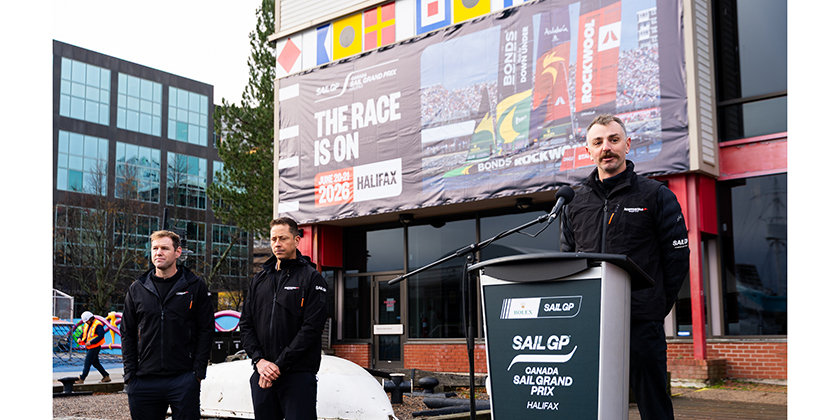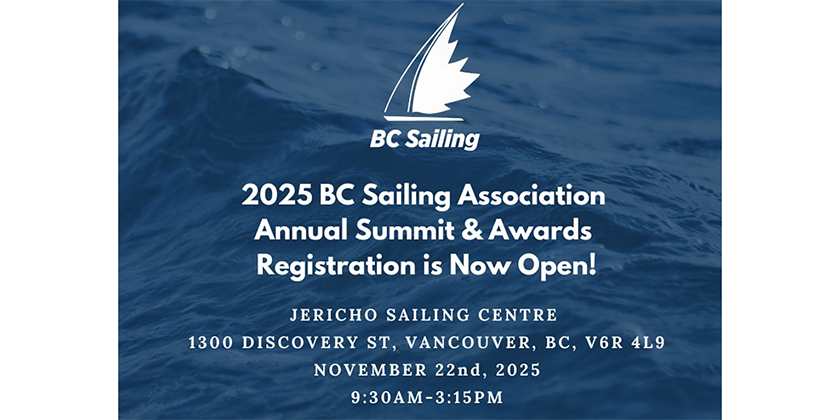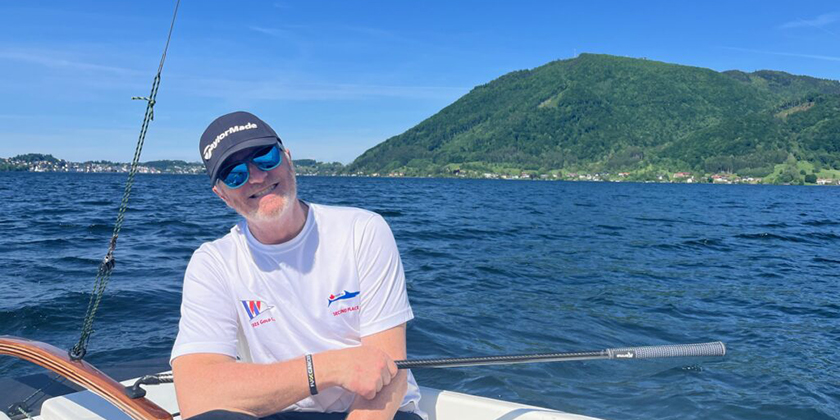Keven talks sails: Developing a Sail Inventory for Short-Handed and Distance Racing
Feb 27, 2025
By Keven Piper, Bay Sails
Introduction
The Lake Ontario Short Handed Racing Series (LOSHRS) is a very well attended series for single and double handed crews, and the Great Lakes Single Handed Society promotes other similar series all over the Great Lakes. The challenge of longer navigation style races and less crew requirement seems to be an attractive option for summer racing.
I am looking forward to competing in LOSHRS this coming season with my son. We have looked carefully at our sail inventory to make sure it works with our oldey-timey CCA era boat for these events.
In fully crewed racing, the emphasis is often on trying to achieve 100% speed, most of the time, relying on a larger crew to perform frequent sail changes and adjustments. Normal course racing also prioritizes windward/leeward sailing.
In contrast, short-handed and distance racing focuses on achieving 95% speed all of the time, often with some headsail and flying sail reaching thrown in to the mix. The goal of a mixed angle mid to long distance racing is to have consistent and sustainable speed over long durations. The sails benefit from being easier to manage and more versatile. The inventory is designed to reduce the physical demand on the crew, ensuring that they can maintain high performance even with limited manpower.
Sail Inventory for Short-Handed and Distance Racing
Racing Main with Reef Points
A reliable main with reef points is essential for short-handed and distance racing. Reef points allow the sail to be reduced in size quickly and efficiently when wind conditions become challenging. You are significantly more likely to reef when short-handed and especially when sailing at night. I would also recommend slides or a track system like Tides Strong Track. Having the sail reliably attached with slides to the mast make reefing quicker and easier, and shaking the reef much easier. This feature is particularly important for short-handed crews who must manage sail changes and adjustments with limited manpower.
Headsails – Furling or Hanks Prefered
Using furling headsails simplifies sail handling and keeps the crew off the bow. Modern furling systems provide an efficient way to deploy and douse sails, minimizing the time and energy required from the crew. This is a significant advantage for short-handed racing where being able to reduce sail quickly is important.
If I wasn’t using furling, I would rather have hanked on headsails rather than a racing foil. The hanked on sail is easier to hoist and douse and doesn’t go swimming in the middle of the night during a spinnaker hoist.
Heavy Weather Headsail
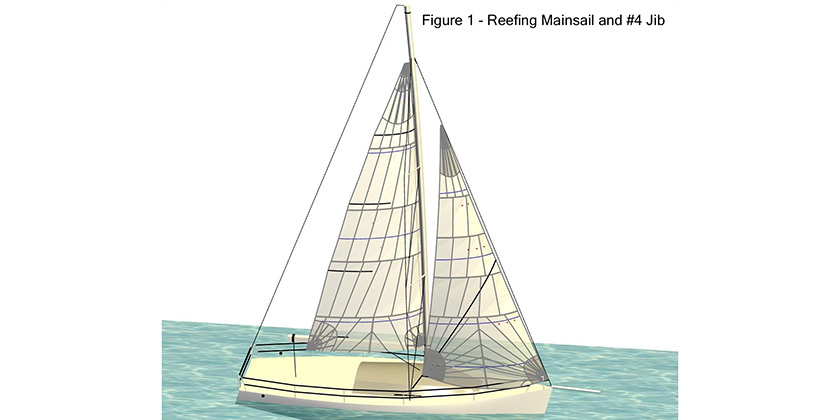
A heavy weather headsail like a reduced hoist #4 is designed to cope with high wind conditions and offers a lower righting moment, making it an indispensable part of the sail inventory. This sail provides stability and control during rough weather, ensuring safety and maintainable speed. It may not point as high as a low clew and very high aspect #3 battened blade jib, but it will be easier to set, and trim better when slightly cracked off, which is typical when you need to push through choppy waves. When short-handed, you often sail more footed and with less sail than when fully crewed with lots of rail meat.
Spinnakers and Reaching Sails
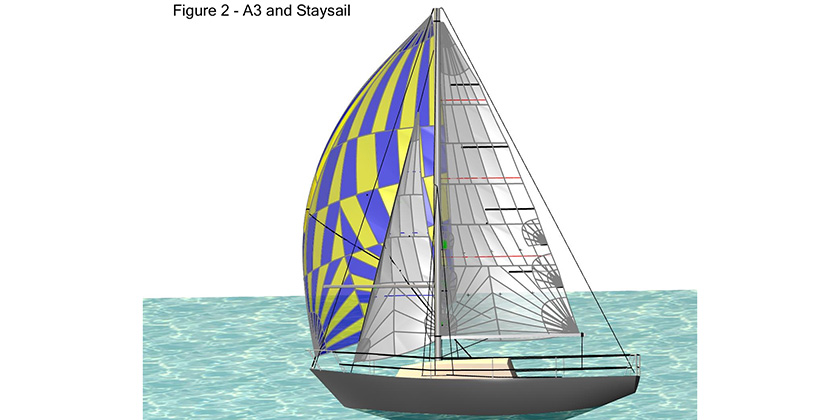
Your choice of spinnakers will vary with the configuration of your rig.
Conventional non-planing boats with overlapping headsails and normal spinnaker poles are most likely to perform best with at least one symmetrical spinnaker. The all-purpose symmetrical spinnaker (S2) provides versatility in various wind angles, making it ideal for distance racing. It can be supplemented with an A3 and A5 asymmetric spinnaker, which are more suited to pole forward reaching conditions.
The combination of symmetrical and asymmetrical spinnakers ensures optimal sail performance across a wide range of conditions. If the boat has a fairly large overlapping genoa, a light weight high clewed Jib Top Reaching Genoa is a very fast and easy to handle reaching sail. The deep camber and round profile moves the CE well forward and balances the helm in stronger condition reaching, it maintains a decent twist profile when eased, and it can also be used to power through the inevitable light air patches even on a beat.
Boats equipped with non-overlapping headsails and a bow sprit would most often have a full size A2 instead of an S2. They would also benefit from an A3 and A5, but can consider reaching spinnakers like the Code 75 or Code 80 instead of an A5. These sails are specifically designed to fill the gap between upwind and downwind sails, providing excellent performance on a reach and expanding your sail plan’s versatility.
Staysails

Staysails add another dimension to the sail plan, adding low down sail area and reducing reaching weather helm. Staysails are particularly easy to power up a reaching sail plan without having to change spinnakers or headsails.
This is a pretty general guide to building your short handed inventory, but it should give you some ideas to bounce off of your sailmaker when you sit down with them and decide your next purchase. See you on the water!
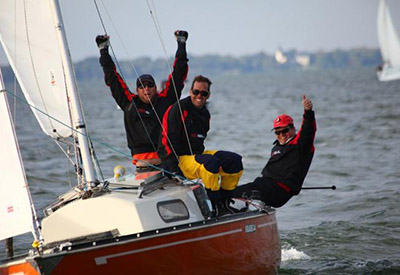
Keven Piper, two-time Shark 24 World Champion, founded Hamilton, ON-based Bay Sails in 1998. Email: baysails@gmail.com

